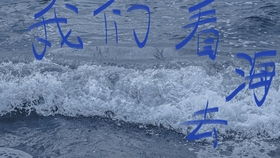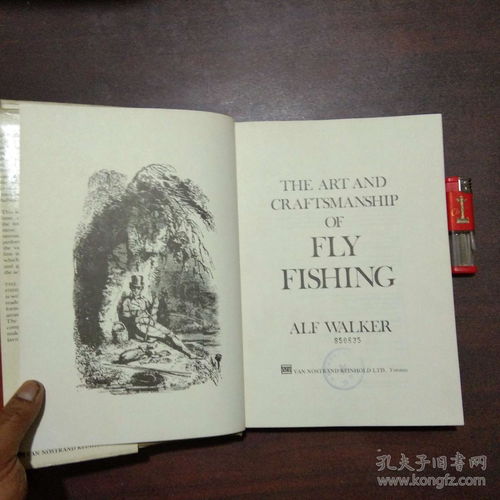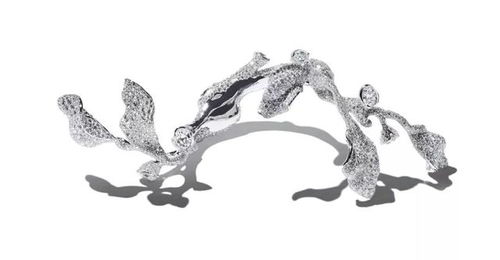Winter fishing can be a serene and rewarding experience, especially when it comes to shallow water fishing. The crisp air, the quiet water, and the beauty of the winter landscape all add to the charm of this pastime. However, cold temperatures and icy conditions can make it challenging to catch fish. In this article, we will delve into some winter fishing techniques specifically tailored for shallow water, helping you master the art of winter fishing.
Understanding Winter Fish Behavior
Before we dive into the techniques, it's important to understand how fish behave during the winter months. Cold water slows down their metabolism, causing them to move to warmer waters and often into shallow areas. Fish in winter are more likely to be found in shallow water, as these areas tend to hold more heat and attract prey. Knowing this, let's explore some effective techniques for shallow water fishing in winter.
Choose the Right Equipment
Winter fishing requires specialized equipment to ensure comfort and efficiency. Here are some essential items to consider:
- Rod and Reel: Opt for a lightweight, sensitive rod that allows you to feel the subtlest of nibbles. A spinning reel is a good choice for shallow water fishing, as it allows for more precise control.
- Line: Use a monofilament line with a lower diameter to reduce the risk of it freezing in the water. A line thickness of 4 to 6 pounds is typically sufficient for most shallow water species.
- Lures and Baits: Winter fish are less active, so it's important to use baits and lures that mimic natural prey. Soft plastics, jigs, and small spinnerbaits are effective choices.
- Winter Clothing: Dress in layers to stay warm. Insulated pants, a thermal undershirt, a waterproof jacket, and a good quality winter hat are essential.
Select the Right Location
In winter, fish tend to congregate in shallow water where the water temperature is warmer. Look for areas such as:
- Shallow Banks: Areas where the water is shallow and the bottom is rocky or sandy can be productive.
- Reeds and Vegetation: Shallow areas with reeds, lily pads, or other vegetation can attract fish looking for cover.
- Docks and Structures: Structures like docks, bridges, and piers can provide excellent spots for shallow water fishing.
Timing is Key
Winter fishing is all about timing. Fish are more active during the warmer parts of the day, so the best times to fish are:

- Early Morning: Fish are often more active during the first few hours of daylight.
- Late Afternoon: As the sun begins to set, fish may become more active again.
Technique: Slow and Steady
When fishing in shallow water during winter, it's crucial to move slowly and carefully. Here are some techniques to consider:
- Cast and Wait: After casting your bait or lure, wait for a few moments before reeling in. Fish in winter are less likely to strike immediately.
- Jigging: Use a slow and steady jigging motion to attract fish. This mimics the movement of prey and can trigger strikes.
- Dead Sticking: Let your bait or lure sit still in the water for an extended period. This technique can be particularly effective in cold water.
Pay Attention to the Weather
Winter weather can be unpredictable, so it's important to pay attention to the forecast. Fish are less active in extreme cold or during heavy winds, so choose days with mild temperatures and calm conditions for your fishing trips.
In conclusion, winter fishing in shallow water can be a delightful experience with the right approach. By understanding fish behavior, selecting the right equipment, choosing the right location, and employing effective techniques, you can increase your chances of success. So, bundle up, hit the water, and enjoy the beauty and tranquility of winter fishing. Happy fishing!












